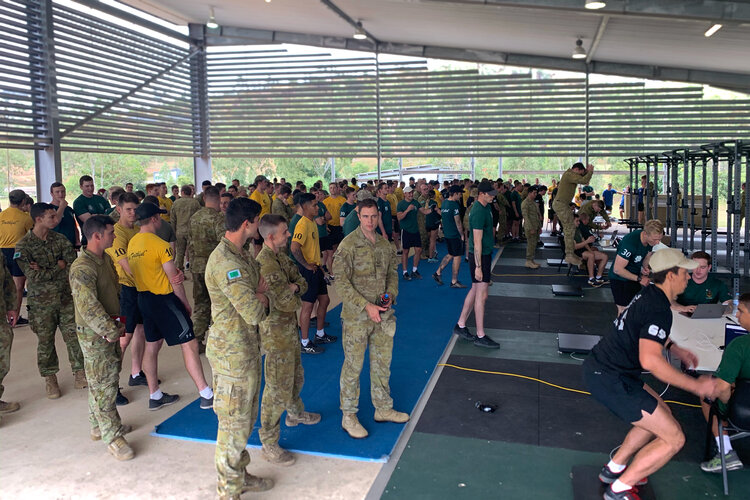
Readiness is a term used to describe many scenarios for an organization, and it has become a buzzword for both military objectives, as well as technologies aimed at individual health and sports performance. The Department of Defense for example defines the term “readiness” in Joint Publication 1 (JP 1) as “the ability of military forces to fight and meet the demands of assigned missions.” We all have a mission in this life, so how can we measure & track our individual and team readiness?
What is the mission or objective? This is perhaps the most difficult question for any leader to define, and more importantly the subsequent priority. The “for what?” can be multiple answers, often conflicting.
For example, as an offensive lineman, being “ready” for many scenarios often in conflict
In military readiness, warfighters must also be prepared for multiple scenarios that weigh the short term and long term objectives. Training extremely hard now requires sufficient recovery to be ready for larger-scale deployments. This is a question that only an organization can answer, the prioritization of readiness “for what?” Technology cannot answer this vital organization directive.
What personnel and what capabilities need to be ready? This aspect of readiness is often where technology must be inserted to determine where to best invest resources, using data.
For example, one offensive lineman that performs well in certain areas (i.e. squatting in a weight room) may need to focus on other areas such as reducing injury risk by becoming more flexible. A different lineman on the same team may not have sufficient maximal strength to execute his objective of holding his ground to protect the quarterback and should work on building strength in the weight room.
Similarly, a warfighter may struggle in certain areas of their Physical Training Test (PT Test). Some will struggle with deadlifts (maximum strength) while others are challenged by the 2-mile run (endurance). Technology can and should identify which individuals and/or units must be emphasized more than others, and within those individuals, what movement quality must be focused on to maximize individual readiness to optimize team readiness (What is a Leading KPI and why are they so important?)
There is a great quote by Napoleon Hill: “A goal is a dream with a deadline.” One of my first experiences in military readiness was with a special operations unit, listening to their head of performance explain to me that being in the “red” for some of the operators was ok because they were in training, not up for deployment. The only way to get them to be more resilient, more “ready”, when the time came, was to challenge their system to adapt to a far greater stimulus than they could handle. Like the first question, this question of readiness is less defined by technology but by the objective of the organization and unit.
As we build a better culture of fitness as a nation, whether sports, military or elsewhere, we have to better define readiness and the role of technology. Technology must define the 2nd question of “for whom”, avoiding philosophical opinions like, “this person needs to get stronger” or, “this person needs to run faster”. Not only can technology more accurately assess these movement qualities, it also provides answers sooner and helps at scale more efficiently.
The question organizations need to reflect on is, how much time is wasted on who at the expense of what and when…?